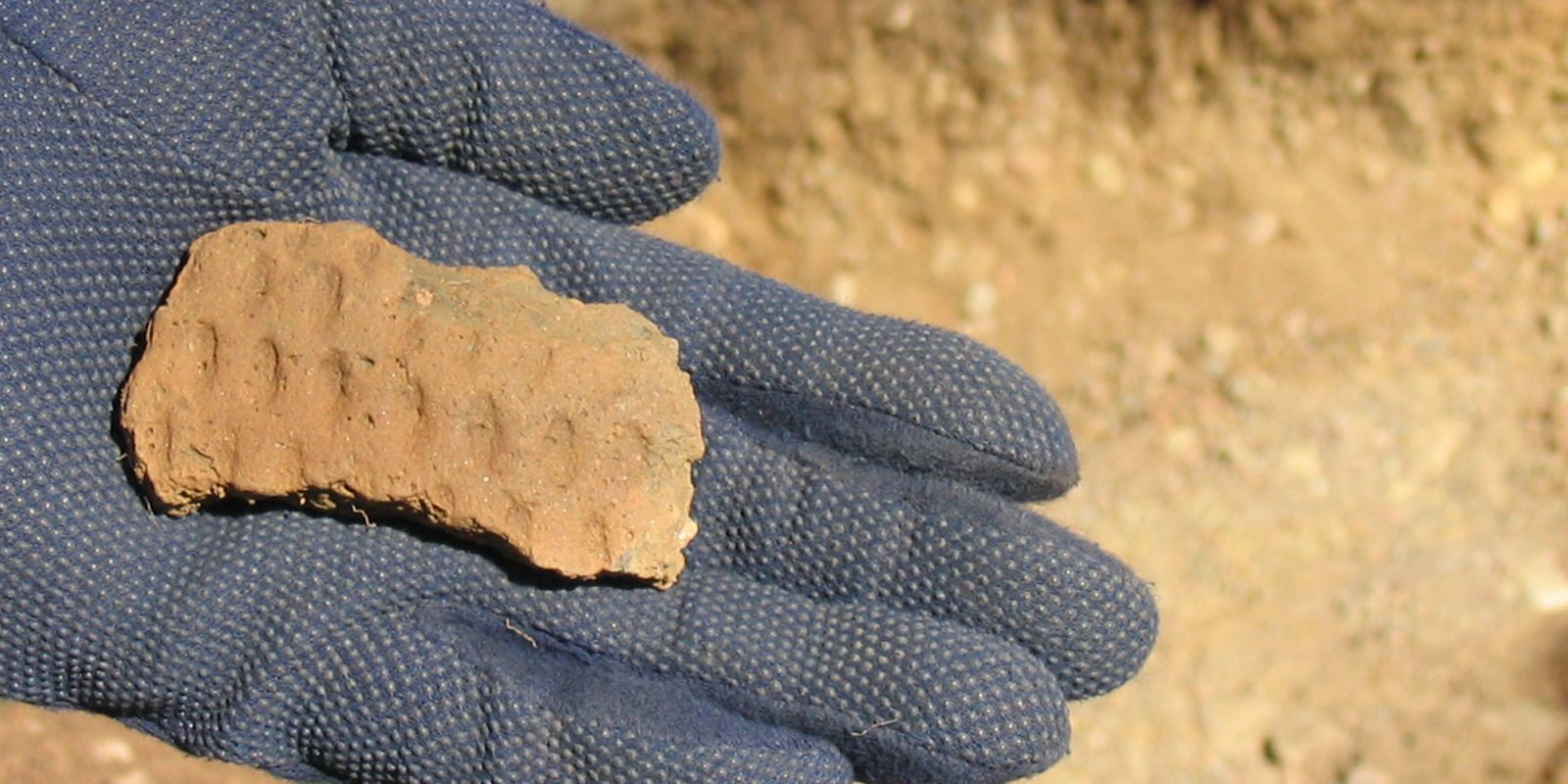
Reporting a discovery
Every year, people who spend time outdoors in natural and cultural environments find various historical man-made objects, structures and their remains in water and on land. They are often discovered during construction or forestry work. Many discoveries are also made by hobby archaeologists. Discoveries must be reported to the Finnish Heritage Agency.
When the Finnish Heritage Agency or a provincial museum receives a notification of a discovery, they will assess whether the entity is an artefact or a protected stationary relic, as defined in the Antiquities Act (295/1963). The notifier will receive further information and instructions, if necessary, on what to do at the discovery site in the future.
All archaeological artefact discoveries and sites illustrate how people in Finland used to live in the past. Therefore, their preservation is vital for both current and future generations. Together, the artefacts and sites form a whole. The aim is to preserve this whole either at the sites, as untouched as possible, or in the collections, archives and exhibitions, systematically recorded and presented.
What should I do if I find an archaeological site?
If you find an archaeological site, you should write down detailed notes about it. You must not dig the soil, dismantle the remains or otherwise harm the site in order to assess its age, purpose or other feature or to find artefacts.
A site discovered on land can be reported to the Finnish Heritage Agency via Ilppari web service www.kyppi.fi/ilppari or with email (kirjaamo@museovirasto.fi).
Please note the following things when submitting your report:
1. Describe the landscape, soil, structures you have identified and the surrounding vegetation in as much detail as possible
2. Provide the site’s exact location and, if possible, its coordinates (by using the ETRS-TM35FIN coordinate system). You can also draw a map of the location and send it to the Finnish Heritage Agency.
3. Send a picture or a drawing of the site to the Finnish Heritage Agency, if possible.
What should I do if I find an archaeological entity in water?
If you discover an underwater cultural heritage entity, such as a shipwreck that seems old, a partial wreck, a boat, some other man-made construction or a large artefact that is difficult to move, you must not try to move the entity or its parts or attempt to lift it out of the water.
When making such a discovery, it is important to note down its exact location, for example its coordinates (by using the ETRS-TM35FIN coordinate system), any distinctive features in the surroundings to aid in finding it again, and the location depth. In addition, information on the entity’s shape, size and material should be observed and written down, if possible.
A site discovered in water can be reported to the Finnish Heritage Agency via Ilppari web service www.kyppi.fi/ilppari or with email (kirjaamo@museovirasto.fi).
What should I do if I find an artefact or its fragments?
Artefacts or fragments that are 100 years old or older must be reported to the Finnish Heritage Agency without delay, accompanied with details about the discovery location. If the discovered artefact is fragile or in danger of breaking, it should be left in the ground, only submitting its discovery information. Discoveries should be delivered to the Finnish Heritage Agency uncleaned. You should avoid touching the artefact unnecessarily.
You should avoid digging in the discovery site in order to make further discoveries, because the entity might be an ancient relic protected by the Antiquities Act. An excavation at a stationary relic site is prohibited without a legal permit. When assessing a discovery, the Finnish Heritage Agency will determine whether the discovery site qualifies as a stationary relic.
If an artefact is younger than 100 years and its owner is unknown, it is considered lost property, according to löytötavaralaki (778/1988) ('the Lost Property Act', in Finnish). Matters concerning lost property are handled by the police. Military material that dates from after World War I is reported to the military, police, border or customs authorities.